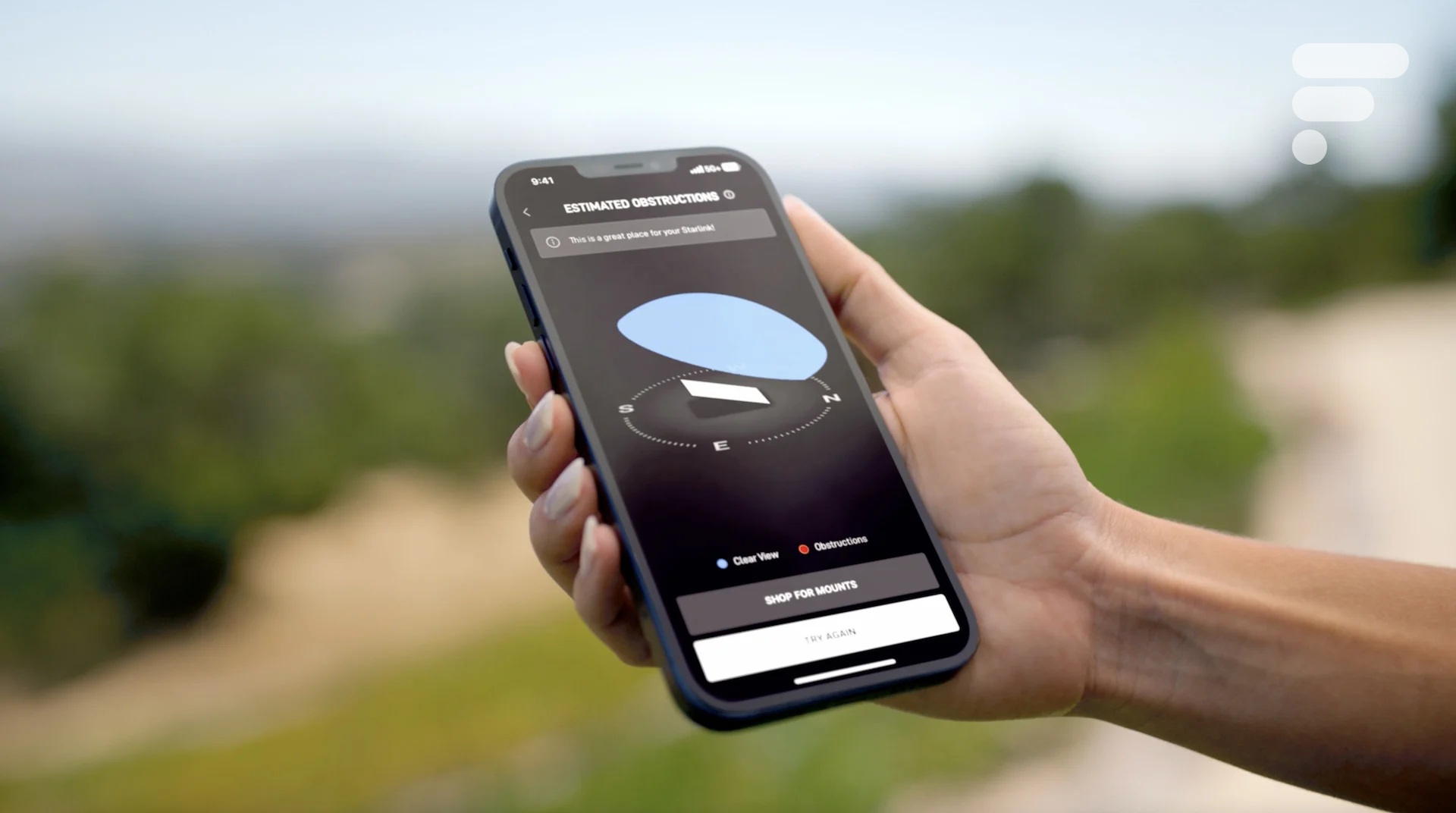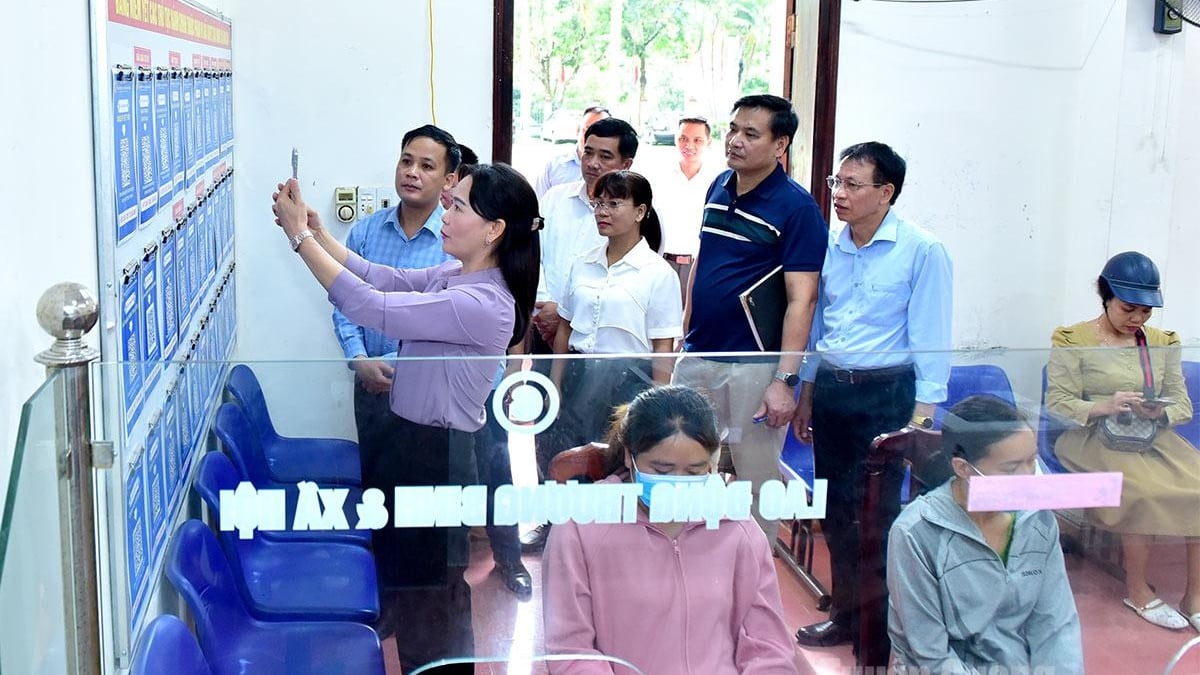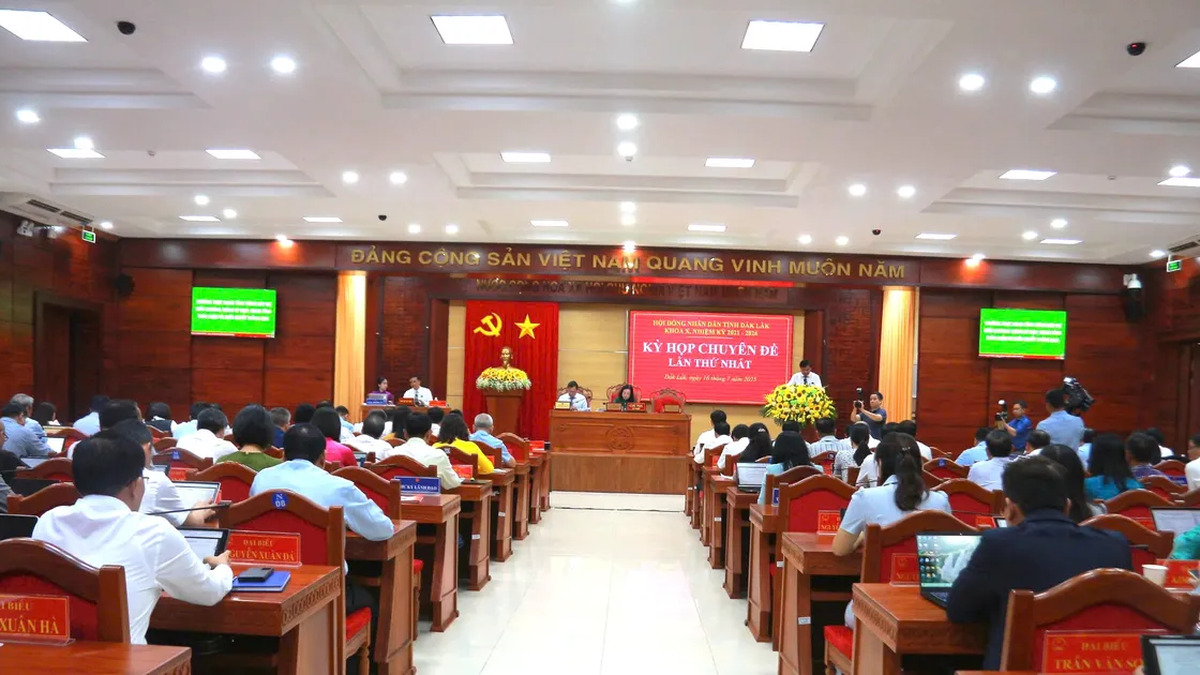Leading the charge is Elon Musk's Starlink, whose bold moves are shaking up the industry, attracting attention from traditional satellite operators, tech giants like Apple, and upstarts alike.
Elon Musk and his ambition to cover the world
The question of whether Elon Musk will compete directly with traditional mobile carriers, which was unthinkable a few years ago, has now become completely plausible.
Starlink's boss is pushing for partnerships and deploying "direct-to-cell" technology.
The technology allows most existing 4G and 5G smartphones to connect directly to satellites without the need for a ground base station. This is breathing new life into the satellite phone industry, which fell into oblivion after the Dotcom bubble (the stock collapse of technology companies in the 2000s).
In fact, Apple rekindled this interest three years ago through a deal with Globalstar, allowing the iPhone 14 to send emergency SMS messages via satellite, although it was just a standalone initiative at the time.
Dramatic advances in transmission speeds, low latency, and plummeting costs are opening up a host of new applications, from streaming to gaming.
“We are going through a period of significant change in the telecommunications industry, with the convergence of space and terrestrial connectivity in terms of performance and cost,” said Charles Delfieux, director of Constellation Technologies Operations.
Starlink: The Pioneering Giant
Starlink is currently the leader in this field. As of 2024, the company has launched 500 satellites equipped with direct-to-cell technology, out of a planned total of 7,500.
The technology already allows sending and receiving satellite messages from Android or iOS phones, while voice calls will be rolled out soon.
It can be seen that Elon Musk is acting quickly, fully aware of the huge potential of this technology in filling the "troughs" of mobile signal.

Satellite Internet will help connect to areas with no or very limited coverage (Photo: Firago).
Starlink has launched commercial services in the US and New Zealand through T-Mobile and OneNZ, and has partnerships with Rogers (Canada), Optus (Australia), KDDI (Japan), Salt (Switzerland), and Entel (Chile and Peru).
Currently, the company still relies on telecom carriers for licenses to use terrestrial spectrum. These alliances allow Starlink to reach customers directly without marketing costs.
However, if Elon Musk himself gets these licenses in the future, he can completely compete fairly with the carriers.
Charles Delfieux predicts: "Satellites will complement terrestrial networks in some countries to reach 100% coverage. In areas with no or very limited coverage, we can envision a generational leap, by connecting smartphones directly to satellites, without the need for terrestrial networks."
The opponent accelerates
The heat of the market is attracting many competitors. American company AST SpaceMobile, in partnership with Vodafone (UK), claims to have made the first video call via satellite.
Meanwhile, the European Space Agency (ESA) has signed an agreement with Viasat (USA) to test this technology in the "Old Continent". Eutelsat is also pursuing a similar project through its subsidiary OneWeb, specializing in low-orbit satellites.
Long-time satellite phone giants Inmarsat, Iridium, Thuraya, and Globalstar are all launching new plans to attract customers. Notably, Apple has taken a stake in Globalstar and invested more than $1 billion in 2024 alone, making Elon Musk worried that Globalstar will become a competitor for market share.
New players are also looking to assert their position. Skylo (USA), which has raised nearly $200 million and is present in 35 countries, has chosen a different model.
They don't own the satellites, but act as intermediaries, connecting chip makers, phones, and mobile carriers with satellite carriers so that smartphones or other connected devices can communicate directly with the satellites.

The cost of using satellite Internet is still a barrier for many users (Illustration: Science Tech).
Skylo’s software solution enables seamless roaming and switching between terrestrial and satellite networks without the user’s knowledge. In late April, a German operator successfully tested SMS sending using Skylo’s direct-to-mobile technology in Europe.
Market potential and reality
Despite the huge potential, Jérôme Baccelli, vice president of Skylo, also offered a realistic view of the size of the market for ordinary users: "There is a market for services in areas with poor signal, for emergency calls, text messages or location services. But in terms of cost, I'm not sure it will allow you to browse TikTok while climbing Mount Everest."
The year 2025 is predicted to mark the dramatic acceleration of this connectivity revolution. Technological advances are truly game-changing, promising a future where space and ground connectivity converge, bringing unprecedented experiences and applications.
Source: https://dantri.com.vn/cong-nghe/de-che-starlink-mo-rong-tham-vong-ket-noi-internet-toi-tung-dien-thoai-20250520233606264.htm





































































































Comment (0)